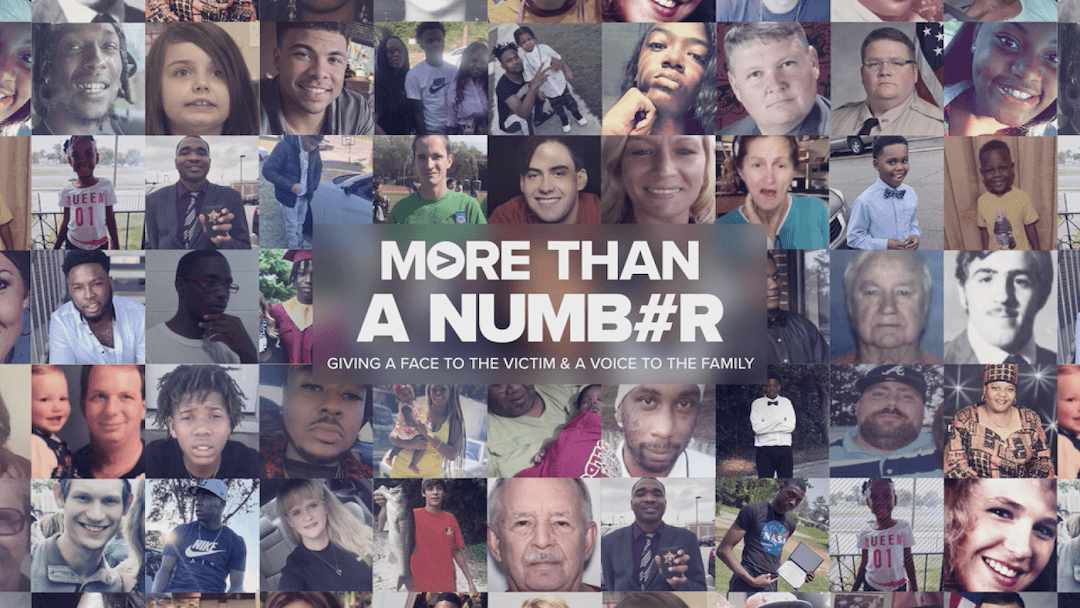As soon as President Joe Biden announced his plan to forgive student loan debt for millions of Americans, facts and figures streamed across the internet projecting the plan’s impact.
The loan relief “will literally change my life,” tweeted one Pell Grant recipient. “More needs to be done before we’ve sufficiently pulled multiple generations out of student debt,” someone else tweeted.
Many conservatives reacted negatively, such as Sen. Tom Cotton, R-Ark., who called it “grossly unfair” to people who never went to college.
Biden’s plan will forgive $10,000 in federal student loans for people making up to $125,000 or married couples with income totalling up to $250,000. The loan forgiveness doubles to $20,000 for recipients of Pell Grants, which generally are given to low-income students, as long as they earn less than the income restrictions.
We decided to sort through a few of the numerous claims from every side about what the plan will or won’t do and who will be helped or hurt.
Claim: Biden’s plan will cost “more than $2,000 per taxpayer.”
— National Review, in a story
This leaves out some details.
The number comes from an Aug. 23 article by the National Taxpayers Union Foundation, which used estimates from the Penn Wharton Budget Model released the same day. The Wharton team has since updated its numbers. At the time, the model calculated that canceling $10,000 in student loans for people with annual incomes of $125,000 or less would cost roughly $329.1 billion over 10 years.
The Taxpayers Union divided that by the number of individual taxpayer returns, and the math more or less works out to $2,000 per return. But the statement overlooks that about a third of those returns are joint filers, not solo taxpayers. Also, the total cost spans a decade. The number of taxpayers would change over that time — most likely increase — which would bring the share down. And not all taxpayers are individuals; there are corporations, partnerships and estates that also pay taxes. There’s some overlap in the counting, but this spreads around the burden substantially more.
Wharton’s updated estimate, which factors in the Pell Grant component and other wrinkles in the plan, now says the total comes to at least $554 billion over 10 years, and it could go above that. That would push the average cost higher.
The casual reader might also assume that additional taxes would be needed. In theory, the cost could be made up for through reduced spending.
Claim: “87% of American adults don’t have student loans.”
— House GOP Ways and Means Committee, in a tweet
This number is close, but a bit high.
Roughly 43 million Americans currently owe money after borrowing directly from the government or receiving aid through federally subsidized or guaranteed private loans. These are the people who have a stake in Biden’s student debt relief policy.
The U.S. Census estimates there are about 257.9 million people 18 and older. Borrowers account for about 16.6% of adults. Nonborrowers represent about 83.4%. The House Republicans overshot by about 9 million people. Also, looking at all adults masks that about 48% of all indebted federal borrowers are ages 18 to 34. Take the age up to 49, and that accounts for 80% of borrowers.
Claim: “Most benefits would go to households in the top 60% of earners.”
— House Minority Leader Kevin McCarthy, in a tweet
This is based on a dated estimate — and it’s not accurate under the existing Biden plan.
The Penn Wharton Budget Model estimated Aug. 23 that about 69% of debt relief in a plan similar to Biden’s would go to the top 60% of earners, or individuals making about $50,800 a year or more. However, it did not factor in the additional debt relief for certain Pell Grant recipients.
On Aug. 26, Wharton released an updated assessment that found about 75% of the debt relief will go to households making less than $82,400 a year. The added debt relief for Pell Grant recipients skews the distribution more toward low-income individuals, the report found.
Wharton’s latest results find that most benefits would go to households in the bottom 60%.
Claim: “Nearly 90% of the benefits of the Biden Administration’s student loan debt relief will go to borrowers earning less than $75,000. Meanwhile, 85% of the benefits of Congressional Republicans’ tax cut went to taxpayers earning more than $75,000.”
— The White House, in a tweet on Aug. 24
The Republican tax cut claim is on more solid ground than the student debt estimate.
A graphic with the White House tweet said that the number is based on eligible borrowers who are out of school and by individual income. The Education Department told us it had to deduce the income of many borrowers, using Census data and statistical models. With any model, there’s going to be uncertainty. The Wharton analysis we mentioned above reaches a slightly different conclusion.
The numbers about the 2018 Tax Cuts and Jobs Act come from the Urban-Brookings Tax Policy Center.
The tweet said the 85% figure was from 2018 by “expanded cash income level (2017 dollars).” That does match up with data from a 2017 Tax Policy Center report.
Taxpayers with higher incomes pay a larger share of their income in taxes, so it’s not surprising that they would benefit most in a tax bill, PolitiFact wrote in 2017. A Congressional Budget Office analysis showed that in 2018, tax rates fell in every income bracket.
This article was originally published by PolitiFact, which is part of the Poynter Institute. It is republished here with permission. See the sources here and more of their fact checks here.








